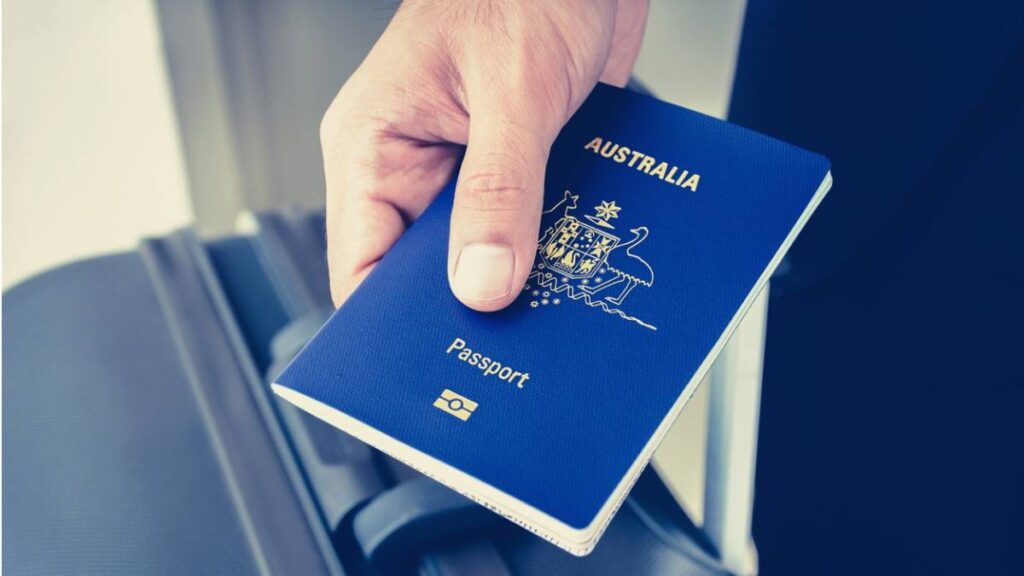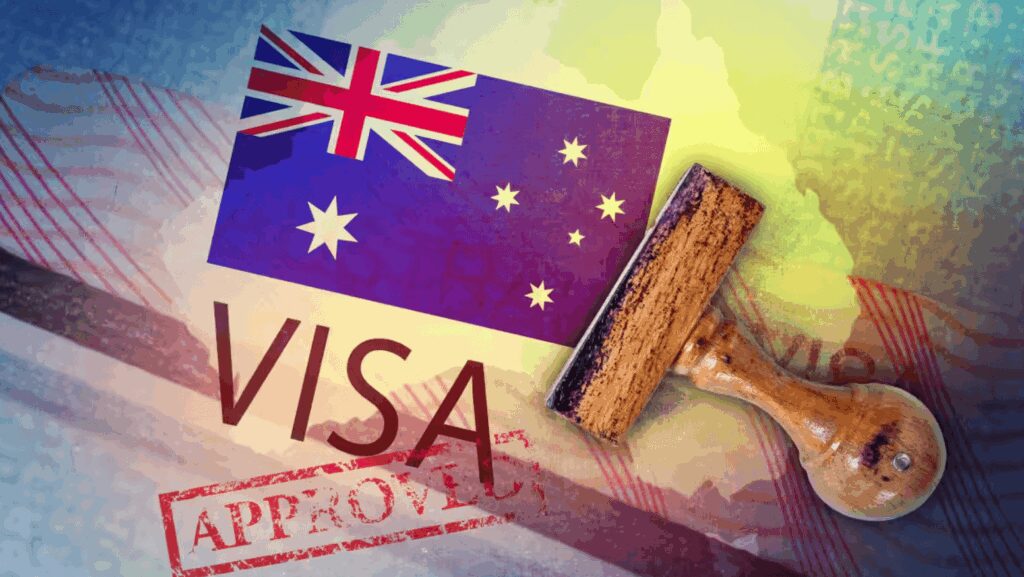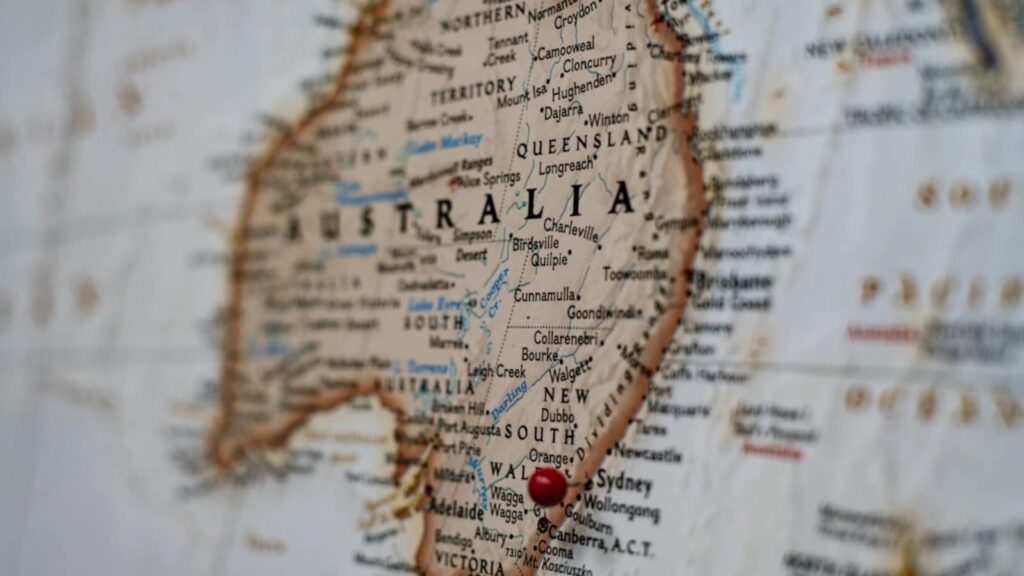Australia Student Visa – An Overview

Studying in Australia: Your Pathway to Opportunity
Australia is rapidly becoming a favourite for international students, thanks to its top-notch universities. In fact, nine of the world’s top 100 universities are right here, with 95% of Australian institutions ranked globally.
If you’re considering studying down under, let’s explore how to get your student visa and what it means for your future.
What is the Student Visa (Subclass 500)?
The student visa, known as Subclass 500, is your ticket to studying at an Australian university or college.
To apply, you’ll first need to enrol in a course and obtain a Confirmation of Enrolment (CoE) from your chosen provider. This visa allows you to stay for the length of your course, up to five years, and travel in and out of Australia during that time.
What You Need to Know About Costs
Starting from 1 July 2025, the application fee for a Subclass 500 visa will rise to AUD $2,000.
An additional fee applies if you’re over 18, which is AUD $1,225, while students under 18 pay AUD $400.
There may be other charges as well, such as an AUD $700 Subsequent Temporary Application Charge (STAC) if you’re in Australia at the time of application.
Work Rights for Student Visa Holders
A lovely perk of the Subclass 500 visa is the ability to work while studying. Generally, you can work up to 48 hours a fortnight during the school term, and there are no limits if you’re in a Master’s by Research or Doctoral degree.
Outside of study terms and during scheduled breaks, you have the freedom to work unlimited hours.
Bringing Your Family Along
If you have a partner or children, they can accompany you to Australia on your student visa. It’s important to understand the rules to ensure your visa remains valid, as any non-compliance can lead to cancellation of your visa.
Why Consider Further Pathways?
While studying in Australia provides valuable education, it can also open doors to visa sponsorship opportunities for permanent residency (PR).
After completing your studies, graduates may transition to work visas, such as the 482 visa (Temporary Skill Shortage) or the 189 visa (Skilled Independent), among others. This pathway is crucial for those wishing to make Australia their long-term home.
Skilled Migration pathways allow workers with in-demand skills to apply for residency. Being familiar with Australia’s immigration policies, including occupational assessments through the ANZSCO (Australian and New Zealand Standard Classification of Occupations) system, will be beneficial as you navigate your options.
In summary, studying in Australia not only enriches your education but can also be a stepping stone toward building a life in this vibrant country. Always keep an eye on visa updates and conditions to make the most of your experience.
Have your say!
Got a question, opinion, or experience to share about working in Australia? Leave a comment below and join the conversation.
Thinking about moving to Australia? Have questions or need help?
Join our free and supportive community here at Oz Visa Forum.
Post in our forums to get advice and support from people who’ve already made the move Down Under.
Not sure where to start? Click here to get started







Responses